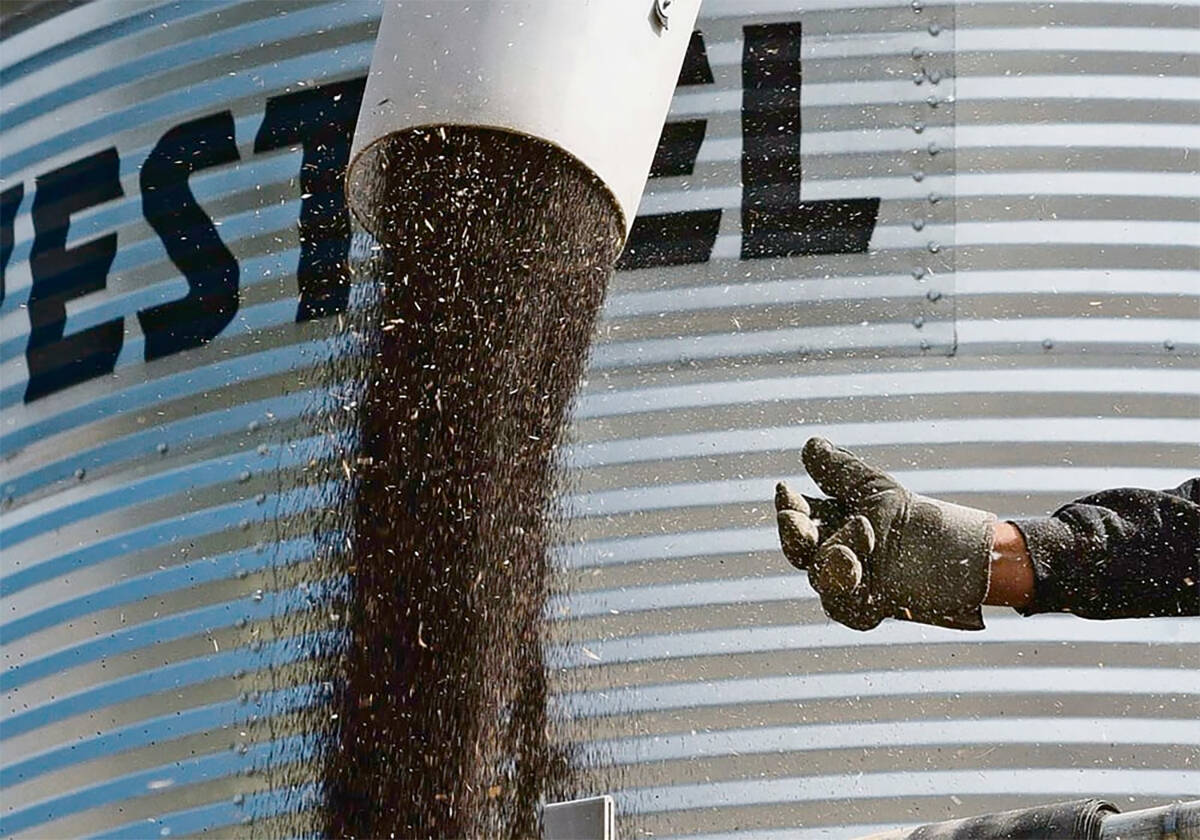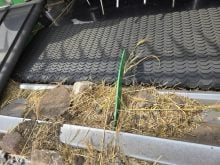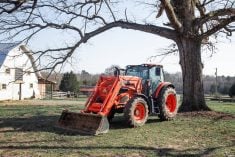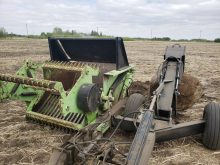Canadian National Railway sees no point in retaining producer car loading stations if no one is using them.
The railway has come under fire from farm organizations and producer car groups for its decision to de-list 53 loading stations across the Prairies.
That will leave about 120 stations still operating, according to figures provided by the railway.
“We’re not closing well-used stations,” said CN spokesperson Kelli Svendsen.
“The key point is they are not being used or they are being used very infrequently, and as a result there’s no benefit to keeping them open.”
Read Also

Farmers urged to be grain-safe this fall
Working around grain bins comes with risk, from farmers falling to drowning in grain: Experts have five tips to help avoid grain-related accidents this harvest.
The National Farmers Union sent a letter urging federal transport minister John Baird to block CN’s move and set up a new process for dealing with the future of loading stations.
“If CN is allowed to de-list these points it will deprive a large number of producers of affordable access to the system of getting their grain to market,” NFU vice-president Terry Boehm said in the letter.
He said producers should be given a chance to have input into decisions regarding de-listing.
Keystone Agricultural Producers and the Canadian Wheat Board also issued statements calling on CN to change its plans.
KAP vice-president Robert McLean said no decisions about the future of the stations should be made until a federal rail service review now underway is complete.
Svendsen provided statistics in support of the railway’s decision to close the 53 stations.
n Seventy-five percent of them have had no traffic in the past two years, while 25 percent have handled fewer than five cars.
n Forty-seven of them had no car movement in 2008-09, while 30 have seen no traffic in the past four years.
n Thirty-five of the stations have an alternate delivery location within 25 kilometres and 17 have an alternative site within 25 to 50 km.
Svendsen said the railway is doing what any business does in responding to its customers’ needs.
“When a customer shows no interest in a service, it’s our normal business practice to streamline our services or infrastructure to match that demand.”
McLean acknowledged that many of the stations are not being used but said they should remain in place as an option for farmers or communities to use in the future.
Svendsen said any farmers calling CN to request cars at a de-listed point will be directed by the railway to the closest available location.
Under current regulations, a railway must publish a list of all sidings available for producer car loadings. It can remove a station from the list with 60 days notice.
CN issued notice in early July for 24 stations in Saskatchewan, 20 in Alberta and nine in Manitoba.
Svendsen said the rail company has made no decision on what it will do with the track at the de-listed locations.














